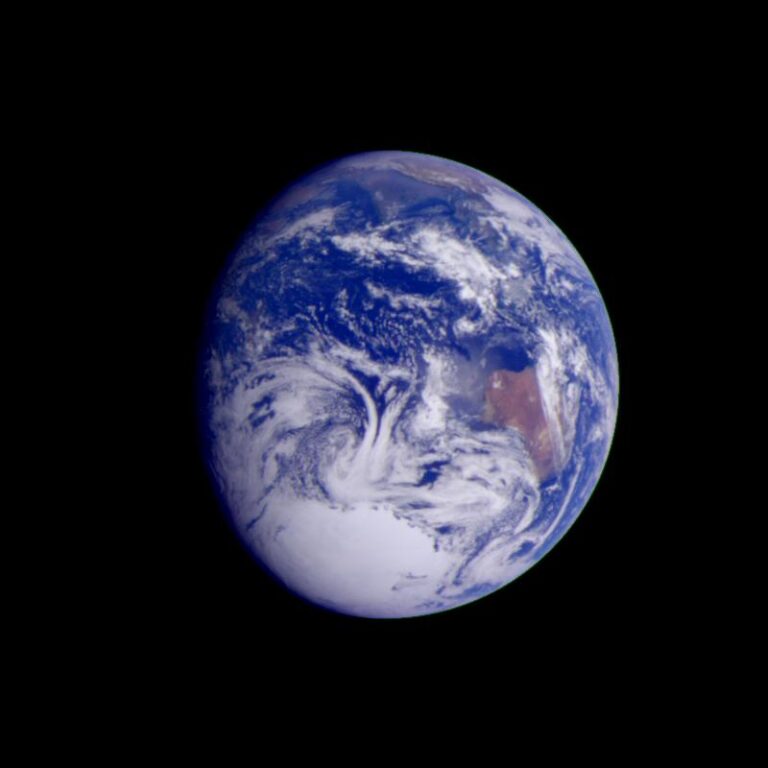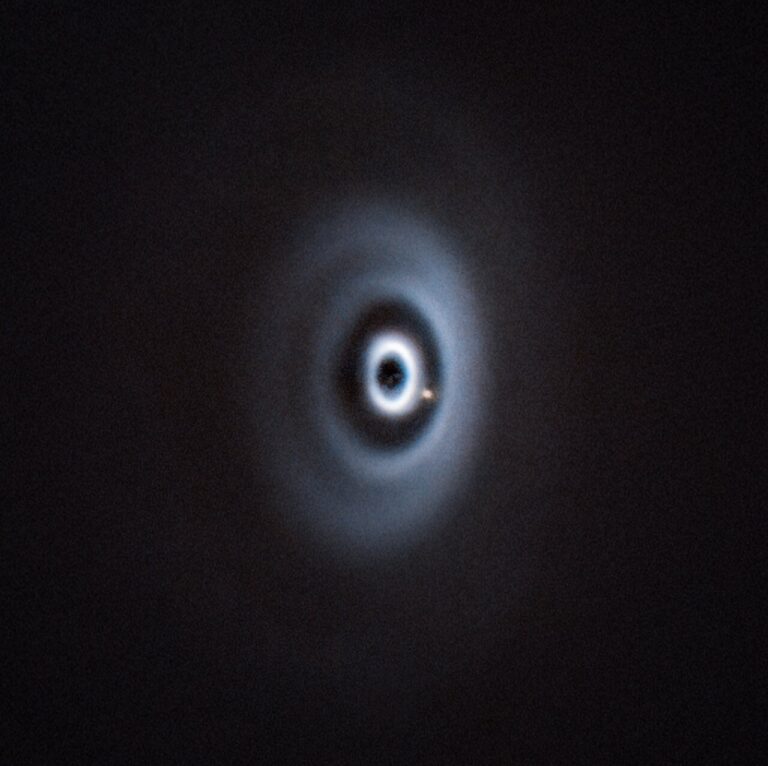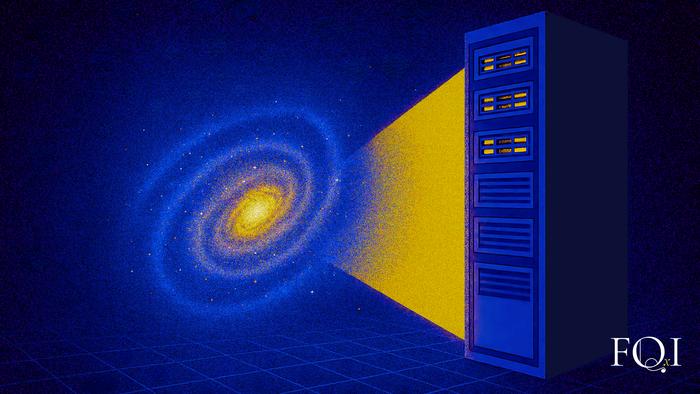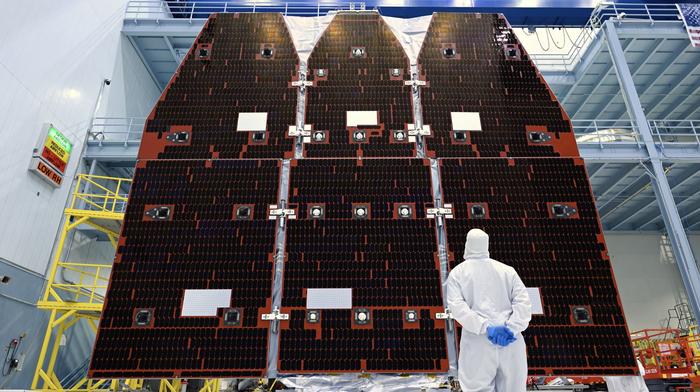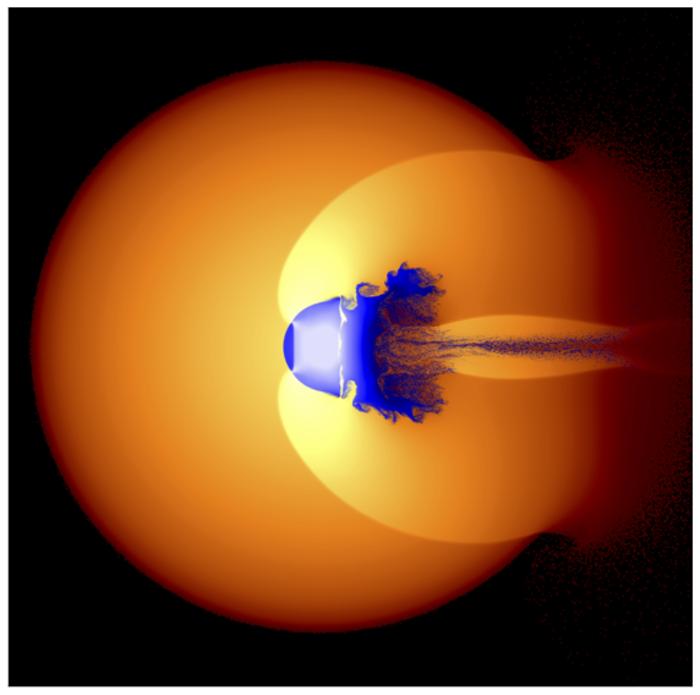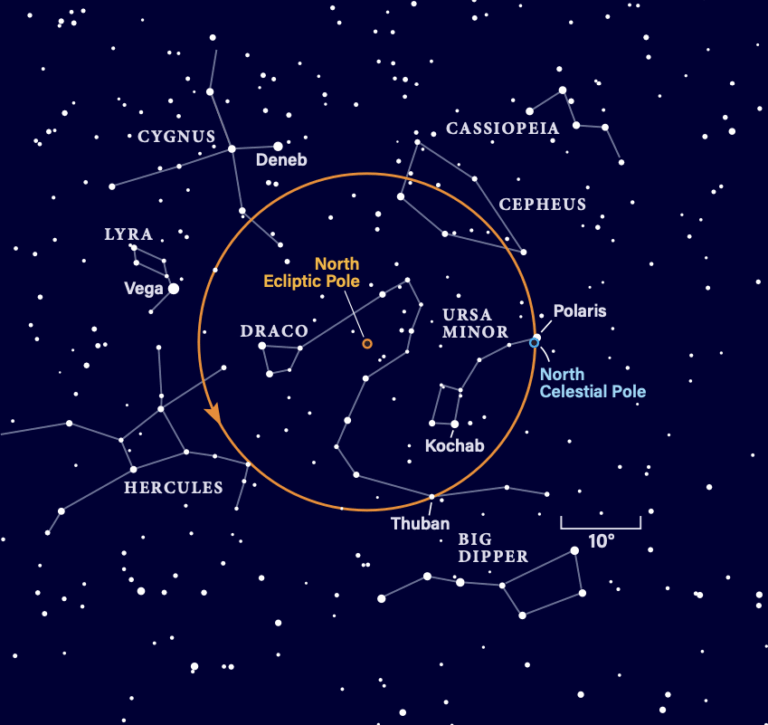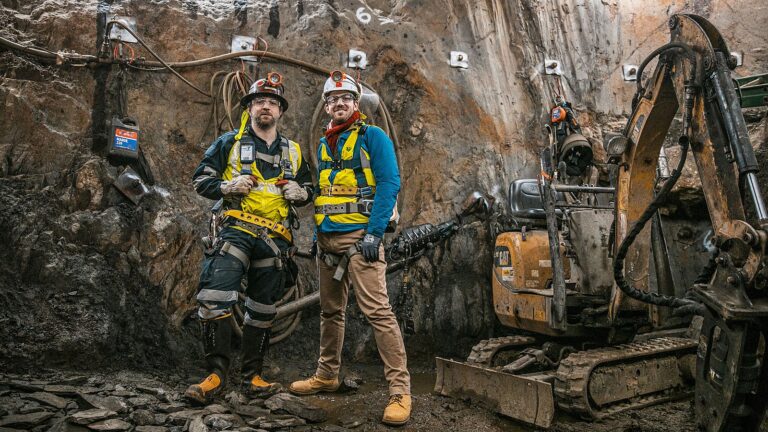Key Takeaways:
Scientists found a wave of incredibly hot gas more than 200 million light years away in the Perseus galaxy cluster.
The study, which is published in the June 2017 issue of Monthly Notices of the Royal Astronomical Society, used data from NASA’s Chandra X-Ray Observatory to look into the galaxy cluster. The wave is about 200,000 light years across, which is twice the size of the Milky Way, and scientists believe it’s been around for billions of years.
Chandra found many interesting things while studying the hot burning gas in the galaxy cluster, but focused on area they call the “bay.”
The team took the 10.4 days worth of Chandra data collected and combined it with 5.8 days of wide-field observations to make an X-ray image of the gas cloud in Perseus. After that initial image was created, they then filtered the data to show the easier to miss details and compared the new and improved image to computer simulations of galaxy clusters.
The simulation they published shows the burning gas in the cluster settling into three different areas: a center of around 54 million degrees Fahrenheit (30 million degrees Celsius) they call the “cold” region, the area around that where the gas is triple the heat, and on the very outskirts is a smaller galaxy.
Scientists estimate that it took 2.5 billion years for the gas in the center to rise 500,000 light years when the flyby occurred and ended up disrupting the gas floating gas and caused the rolling waves.
The researchers say this wave is a much bigger version of a Kelvin-Helmholtz wave, which is a wave caused by two fluids moving at different speeds past each other. The best example is the wind causing rippling waves across bodies of water.
Scientists will continue to study the wave to learn more about waves in galaxy clusters and get more information about magnetic fields in the clusters.



